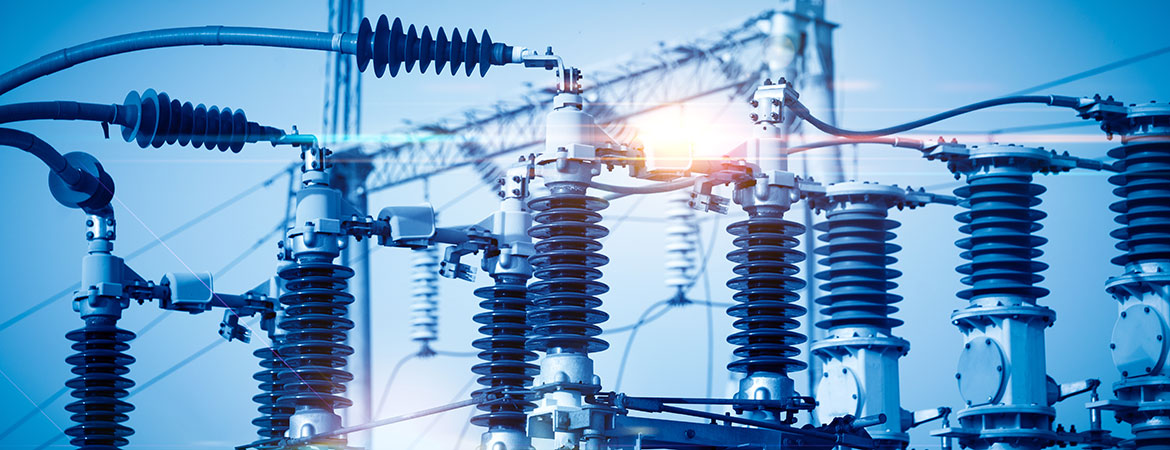Hitachi Energy has struck agreements with the Saudi Electricity Company (SEC) and ENOWA under the supervision and direction of the Ministry of Energy. The agreements comprise the delivery of three High-Voltage Direct Current (HVDC) transmission lines to NEOM’s utility company, ENOWA. The combined power capacity of the three HVDC lines will be up to 9 gigatonnes (GW).
The agreements take in a contract granted to Hitachi Energy and its consortium partner, Saudi Services for Electro Mechanical Works (SSEM), by ENOWA’s Engineering, Procurement and Construction Management (EPCM) partner, the Saudi Electricity Company (SEC), to deliver one of the world’s first 3 GW, 525 kV HVDC Light® transmission systems, connecting Oxagon, NEOM’s regional development, with the larger Yanbu area more than 650 kilometers away.
The combined power capacity of the three HVDC lines will be up to 9 gigatonnes (GW)
Hitachi Energy’s scope of supply includes HVDC technology design, engineering, procurement, and commissioning of HVDC Light® converter stations. While SSEM, a major Saudi EPC specializing in power, water, and industrial projects, will design, supply, and install the AC equipment. The converter stations convert the power from alternating current to direct current and then back to alternating current for integration into the receiving grid. The converters will be sourced and delivered by the Saudi Electricity Company, which was contracted by ENOWA in 2022 to function as their EPCM for the construction of NEOM’s first HVDC system.
Hitachi Energy’s scope of supply includes HVDC technology design, engineering, procurement, and commissioning of HVDC Light® converter stations
“We are delighted to strengthen our collaboration with ENOWA and Saudi Electricity Company in order to power one of the most visionary development projects of all time,” said Niklas Persson, Managing Director of Hitachi Energy’s Grid Integration business. “As the world progresses towards a more sustainable future, our expertise and HVDC technologies are true enablers of the electrification of the global energy system and the transition to renewables.”
